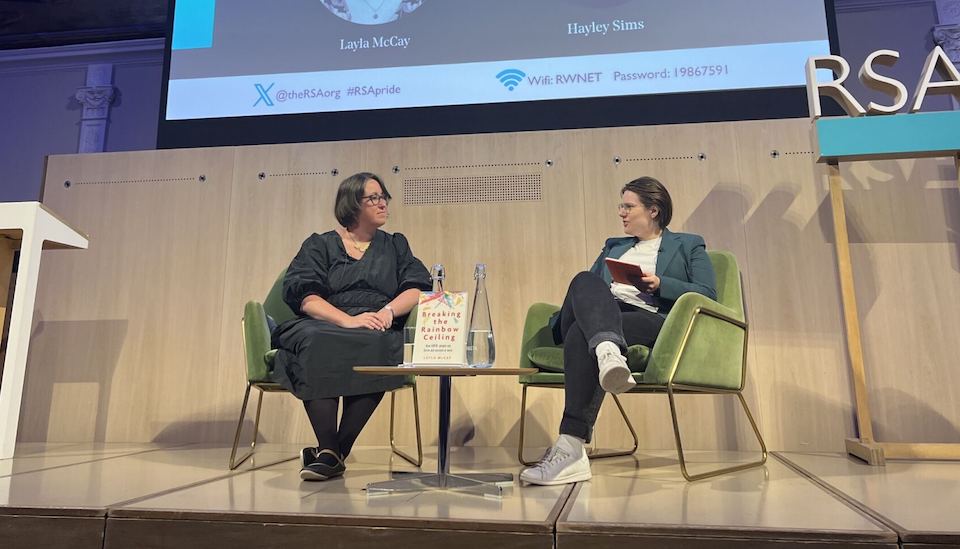A pleasurable new task for me is to read the always stimulating weekly FT column penned by RSA Chair designate Luke Johnson. This week Luke was writing about the value of strong leadership in companies and contrasting this with tendency towards timidity and vacillation in the public sector.
Luke knows much more than me about business so it’s not just because he’s soon to be my boss that I defer to his judgement in this area. But two thoughts occur to me about the public sector and leadership more generally. First, decision making in the public sector is bound to be more problematic due both to the content of the decision and the public expectation of a higher level of accountability. We might regret it when the local pub closes down but we don’t feel we have the right to protest as we do when the post office is threatened. Similarly, we shrug at the shoddy content of most commercial TV channels but get agitated if we think public service broadcasters are being irresponsible or unresponsive. This is a matter of degree. The private sector is having to adjust to a world of greater transparency, scrutiny and expectations of accountability but I suspect public authorities will always face more a complex and compromising decision making context.
My other thought relates to an explanatory framework I have quoted before in this blog. Developed by a group of political and social scientists and largely based on the insight of the anthropologist Mary Douglas, this theory argues for the existence of four elemental ways of viewing social relations. These are the hierarchical (change from leaders and experts at the top), the individualist (change driven by the pursuit of individual self interest), the egalitarian (change driven bottom up by shared values) and the fatalistic (scepticism about the very idea of change). The key point of this analysis is that strategies must take into account the existence of all these ways of viewing, and acting in, the world. This means - in the researchers’ words - that we need ‘clumsy solutions for a complex world’.
Strong leadership is vital in the face of major challenges. But achieving buy-in also means aligning individual interests to those of the group or organisation. For new ways of doing things to endure and evolve requires deepening the commitment of those implicated in the change, which in turn means they must feel they are the authors and not just the victims of the process. And, finally, in any organisation there will be many who view change with world weary indifference. Strategies need to work with the strong seam of fatalism in every organisation (arguably, in every person).
Leaders need to be bold and clear but they also need to recognise the inherent limitations of top down change.
Related articles
-
Prosperous Places: creating thriving communities
Tom Stratton
With regional growth at the top of the agenda, it is vital that we create thriving communities across economic, social and natural perspectives. Prosperous Places is a suite of interventions aimed at responding to the unique ambitions and challenges of places.
-
Pride interview: Felipe Tozzato
Deborah Ajia
The commercial photographer and RSA Fellow explains what Pride means to him, the importance of courage, making friends through rugby and why being gay is his superpower.
-
Let's smash the Rainbow Ceiling
Ben Oliver
Reflecting on Layla McCay’s recent RSA talk, Ben Oliver offers five ways for employers to create a positive culture for their LGBTQ+ staff that benefits both the individual and the organisation.




Be the first to write a comment
Comments
Please login to post a comment or reply
Don't have an account? Click here to register.